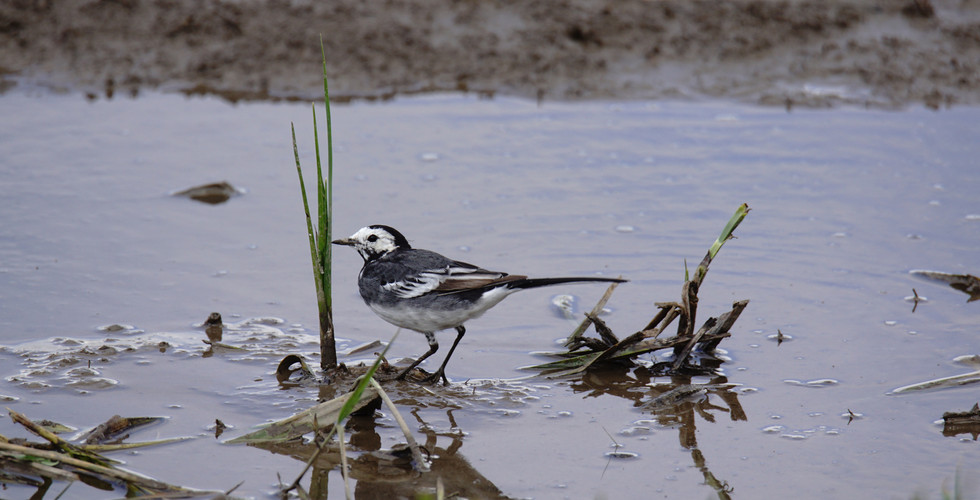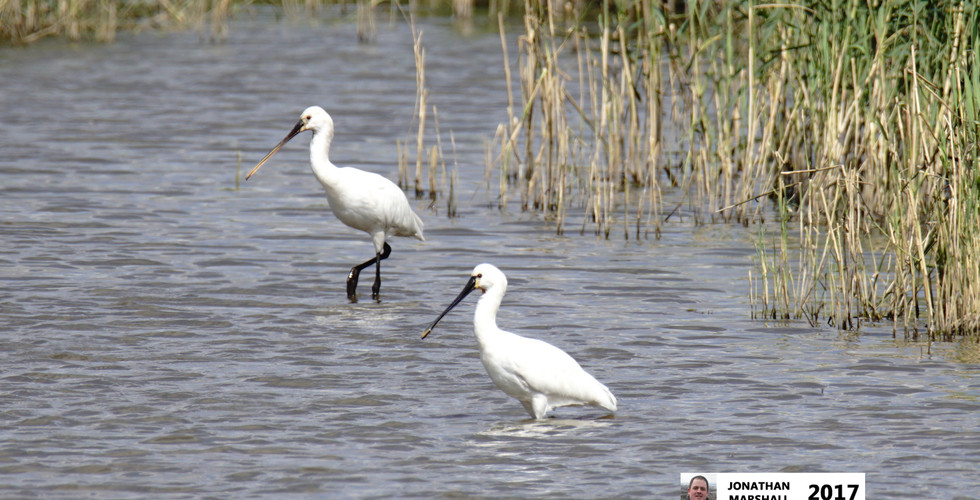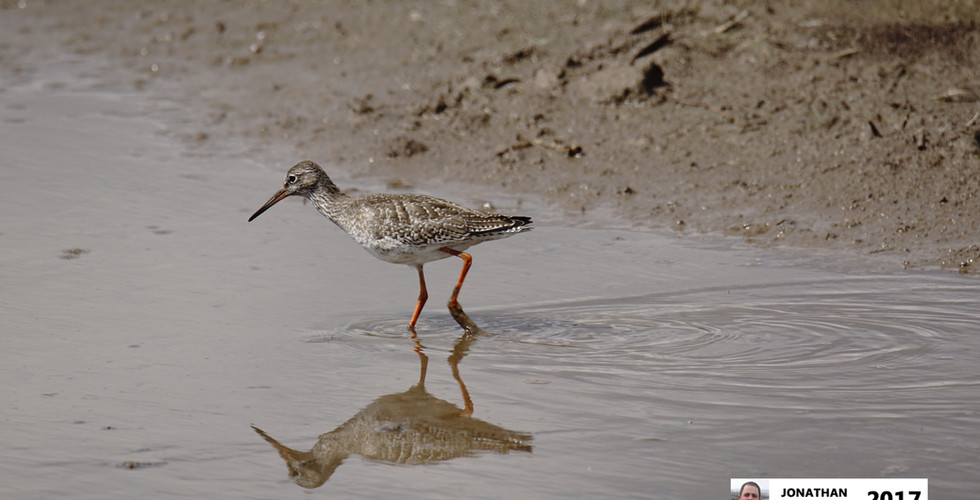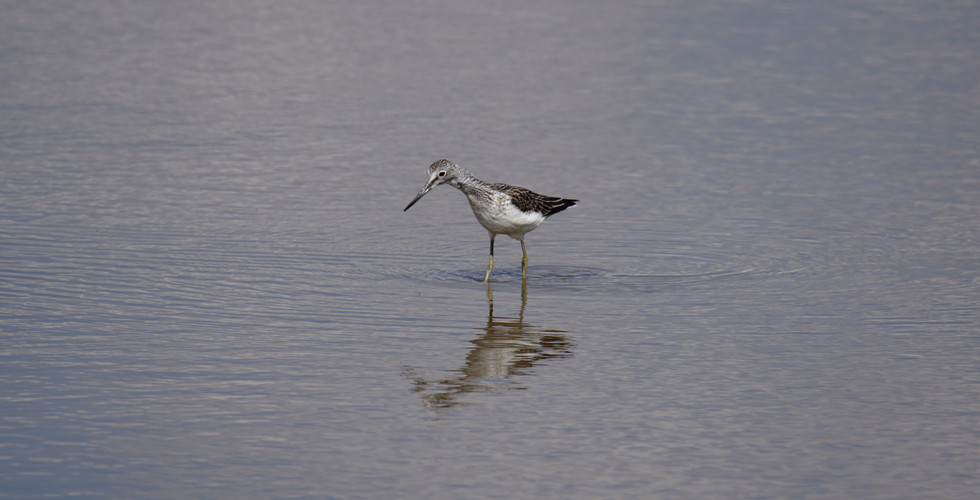SPLENDID SPOONBILLS @ BLACKTOFT SANDS
- Jonathan Marshall
- Aug 17, 2017
- 6 min read

On Thursday I visited RSPB Blacktoft Sands which is located on the south banks of the River Ouse just before it merges with the River Trent to become the Humber a few miles east of Goole. The reserve was opened by the RSPB in 1973 and the reserves tidal reedbed is the largest in England. Blacktoft Sands star species include Avocets, Bearded Tits, Bittern, Hen Harrier and Marsh Harrier. In 2015 and again in 2017 one of the UK's rarest birds of prey, the Montagu Harrier, nested at the site.
The reason for my visit was the sightings of Spoonbills at the reserve. I had seen Spoonbills at Fairburn Ings earlier in the year, however this was at a very long distance away and at Blacktoft Sands there had been reported to be much better views. Upon my arrival I went to the Reception Hide which doubles up as the visitor centre for the reserve to see what birds had been seen and the best place to see the Spoonbills if they were still at the reserve!
In total there are seven hides at Blacktoft Sands spread out in a line all facing north towards the River Ouse except the Marshland Hide which faces west. There had been several waders spotted in front of the Xerox Hide which is the first hide to the left of the Reception Hide, but I started by going down the path to the right as the Spoonbills had been seen in front of one of the hides in this direction.


The first hide you reach on the path to the right is incidentally called First Hide and upon arrival there was very little out on the lagoon in front. After a few minutes the only birds in attendance were a few Moorhens so I moved on to the next hide, which is where the Spoonbills had been seen as recently as that morning. The second hide is called the Townend Hide and as I sat down there was a Little Egret at the near island in the Lagoon, but wading and swinging their incredibly large beaks from side to side looking for food were two Spoonbills!
The Spoonbills continued until they reached the island at the far end of the lagoon where they proceeded to preen themselves before tucking their beaks in and going to sleep. Behind the island on the banks at the back of the lagoon a lone Grey Heron stood looking out and either side of the back island were several Gadwalls. Up the left hand side of the lagoon a Green Sandpiper was edging its way along just in front of the reeds and up the right side a Greenshank was doing the same.
After waiting for a good 15 minutes to see if the Spoonbills would wake from their slumber and move nearer the hide I moved on to the hide furthest to the right of the reserve. The last hide in this direction is called the Singleton Hide and if you are coming to see Marsh Harriers then this is your best bet. Out on the water were several Coots, a Little Grebe and a single Grey Heron stood on the edge of a small island on the right hand side of the lagoon.
A few minutes passed and out on the far left hand side a Chinook helicopter came into view following the line of the River Ouse before banking right and disappearing southwards. Just a couple of minutes later a trio of Marsh Harriers flew in over the reeds beyond the lagoon looking for food. I then decided to make my way back up the path towards the Reception Hide, calling at Townend Hide to see if the Spoonbills had moved, but no they had not so I continued on.
Upon reaching the Reception Hide I continued on and arrived at the first hide on the left hand path called Xerox Hide. The lagoon in front of this hide was awash with Lapwings and waders such as Greenshank, Redshank, Spotted Redshank and Snipe. Soon after my arrival the Lapwing rose as one from the water when a Kestrel glided over the lagoon and no sooner had they settled back down, but the Kestrel glided back over unsettling the Lapwings again.
Although they were difficult to spot, out on one of the islands were 12 Snipes very well camouflaged amongst the piles of chopped down reeds. A group of aproximatley 10 Black Tailed Godwits were over to the far right with a mixture of Common & Spotted Redshanks at the back of the lagoon. A pair of Ruff and a lone Dunlin were also wading through the shallow water and a couple of minutes later a pair of Little Egrets flew in with one chasing the other all round the lagoon.
In amongst all these birds in front of Xerox hide were several Pied Wagtails moving about on the mud looking for food. After having my lunch I moved on to the Marshland Hide which faces west overlooking a big lagoon. To the right, just in front of the hide, a trio of Snipe were sleeping, very well hidden amongst chopped down reeds at the edge of the water. There was another pair of Little Egrets, one sat on an island and the other way over on the right hand side at the edge of the lagoon.
On the far left hand side a group of Teals and Mallards were present and on the edge of the far reedbeds a trio consisting of a Common Sandpiper and 2 Redshanks. Over to the left on the grass banks another pair of Snipes appeared along with several more Pied Wagtails on the mud right across the front of the hide. From the right hand side emerged a Spotted Redshank moving back and forth as it made its way along the mud and shallow water in front of the hide.
I decided to move to the last hide which is called the Ousefleet Hide and a large number of ducks such as Teal and Wigeon can be seen on the lagoon in front of the hide. However upon arrival the lake had dried up and the only birds present were a pair of Pied Wagtails. After waiting for 10 minutes I decided to make my way back to the Marshland hide almost stepping on a young frog crossing the grass path in front of me.
Arriving back at the Marshland Hide, the Little Egret was still on the island, but the other one had flown off. Two of the trio of Snipes on the right flew over to join the other two on the left hand bank with the other moving out into the water looking for food. The Spotted Redshank was still wading about in between the Pied Wagtails, a pair of which began squabbling. After a few minutes headed back along the path and paid another visit to the Xerox Hide which was still full of waders.

A group of 10 Spotted & Common Redshanks were wading through the water against the reeds at the far side. 15 Black Tailed Godwits then flew in and joined the Redshanks searching the water for food as a Grey Heron landed on one of the islands. Before I went home I decided I'd give Townend Hide one more visit to see if the Spoonbills had moved any closer to the hide.
Sitting down in the Townend Hide the Spoonbills were a lot closer sweeping their beaks side to side trying to find food up the right hand side of the lagoon. Eventually they went back to the island at the back and went back to sleep but just in front of the hide a Greenshank & Green Sandpiper were moving back and forth across the shallow water. A Herring Gull landed in the water between the two islands as a group of about 10 to 15 Black Tailed Godwits landed at the front left of the lagoon with a Grey Heron landing almost on top of them a couple of minutes later.
Five minutes had passed when three Little Egrets landed at the front of the lagoon with one Little Egret stalking another before the third member of the party took exception and chased it off until it left the lagoon. Before long the two other Little Egrets took off after the other. I waited another half an hour to see if the Spoonbills would make another trip nearer the hide but they stayed in the same spot asleep.
I have attached my full sightings list and a few pictures from my visit.






























































































Comments